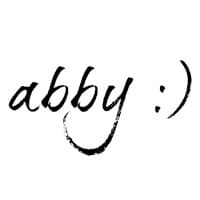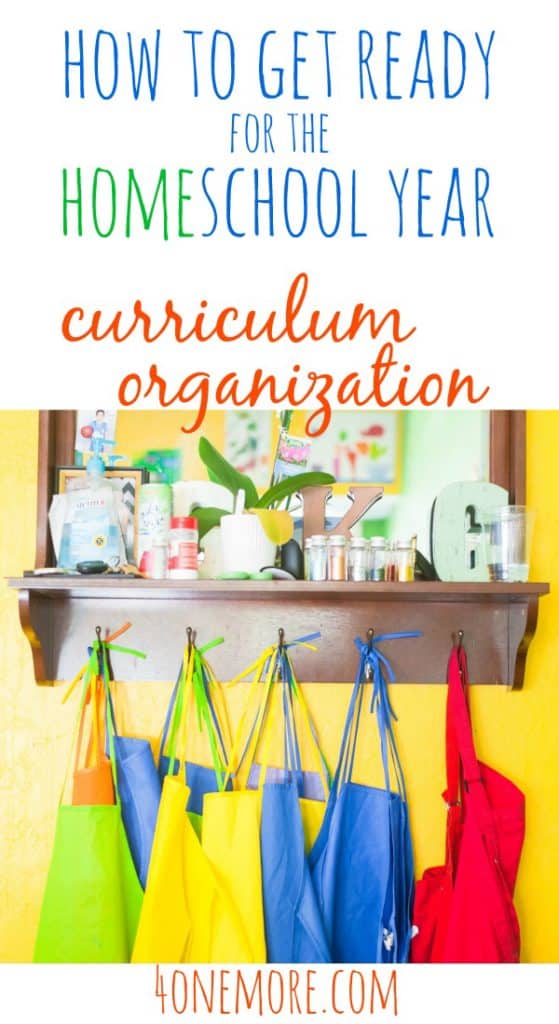I used to be a curriculum hoarder. Whenever a more experienced homeschool mom was getting rid of curriculum and asked if I wanted it, I would always say “yes!” What could possibly be wrong with free curriculum?
Well, if there is so much of it that you have to store the extras in boxes in a storage room, then you might have a hoarding problem.
Just about a year ago, I decided to declutter those boxes and let go of stuff that I just knew in my heart we really wouldn’t use. Some of it was complete, expensive curriculum. But if just didn’t fit our style or needs. I ended up making a nice chunk of change on eBay. And my storage area quickly became emptier. This is the beauty of decluttering, and the first step in our Getting Ready series.
Maybe you’re like me and have too much curriculum living in your space. Or maybe you really do need most of it, but just need some inspiration on keeping it all organized for your sanity.
Here’s how to make it work.
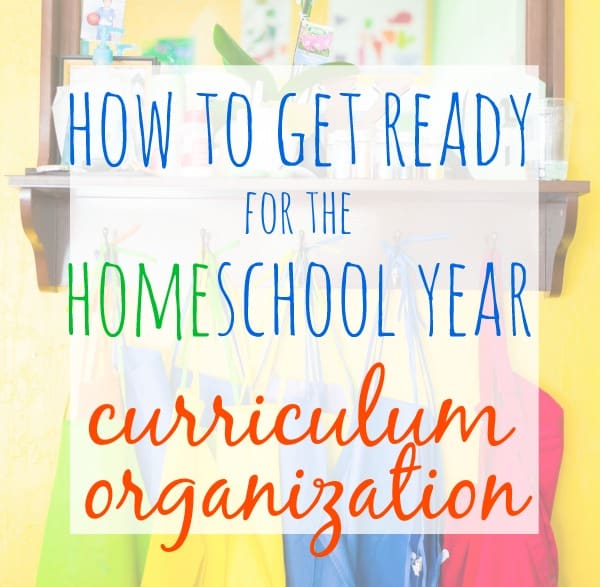
This post contains affiliate links for your convenience. I will receive a commission if you purchase from these links. Thank you
How to Get Ready for the (Home)School Year: Curriculum Organization
Here is step two in this back to homeschool series. I’ve linked to the other posts below.
Step 2: Curriculum Organization
- How to Plan Your Homeschool Year Like a Pro
- How to Piece Together an (Almost) Free Homeschool Curriculum
- Homeschooling for Beginners | The Simple Guide to Homeschool Your First Year
Step 3: Supplies
Step 4: Schedule & Routine
So after we’ve decluttered, it’s time to plan the year and buy curriculum. But when all those boxes of new crisp books show up at your doorstep, do you freeze? Are you a bit overwhelmed with the piles of resources? Here are the action steps to take this week to get your curriculum organized for the new school year.
First, divide your curriculum into categories – individual and group
Some of your curriculum might be used by all your kids, like the history encyclopedia or the nature study book. Other stuff is kid-specific, like the math book or the grammar book. Make piles and see what your situation is.
When I did this recently, I had five kid piles spanning from kindergarten through 10th grade, then two group piles. My oldest two who are in high school will both be working on Physical Science and sharing curriculum, so they had a group pile. My younger kids will be sharing Story of the World for history this year, so they also had a group pile.
Even if you think you can organize curriculum while it stays on the shelf or in the cabinet, you won’t do a good job of it. I know, I know. Pulling it all out on the table or floor will make a mess in the short term, but you will do a more thorough job of organizing if you handle each item and think it through like this. So get those piles going!
Next, go through each individual child’s curriculum.
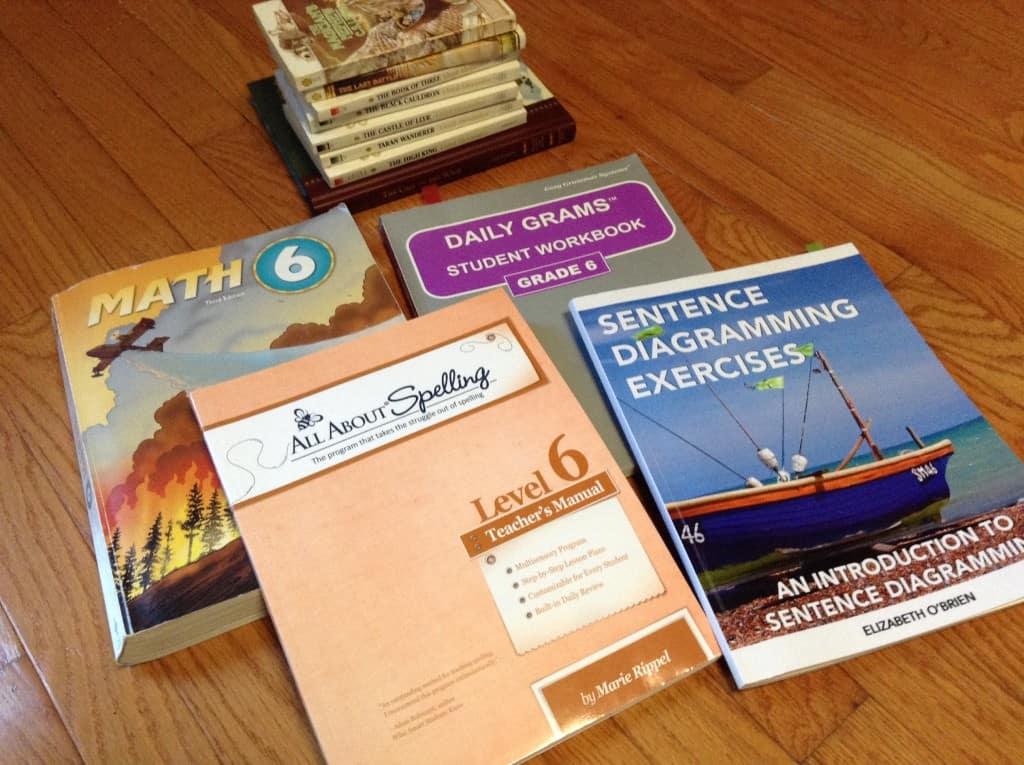
As you go through your child’s curriculum, you will sort it again.
When I sorted my 8th grader’s pile this year, here’s how it looked:
- textbooks & anything my student will use on a daily basis
- tests and answer keys are put in a grade-specific binder and labeled (8th grade math tests)
- teacher’s editions are piled up in one stack
- books specific for this grade to read this year, but not needed at the moment
- supplies this student will be looking for (graph paper, protractor)
Ask yourself: where will this child work and use his books?
If he always sits at the kitchen table, then store his daily resources and books close by if you can. If he works at a desk in his room, can you create a storage system for his schoolbooks in his room?
My solution has always morphed with the particular house we were living in at the time. You just have to be flexible, because you will not always be able to have a Pinterest-perfect schoolroom with IKEA furniture and bookcases!
When we had a small house and four small boys, we used one of the small bedrooms as our “homeschool room.” Although we ended up doing most of our “school” on the couch or kitchen table, it was nice to have a space for organizing and storing all the resources.
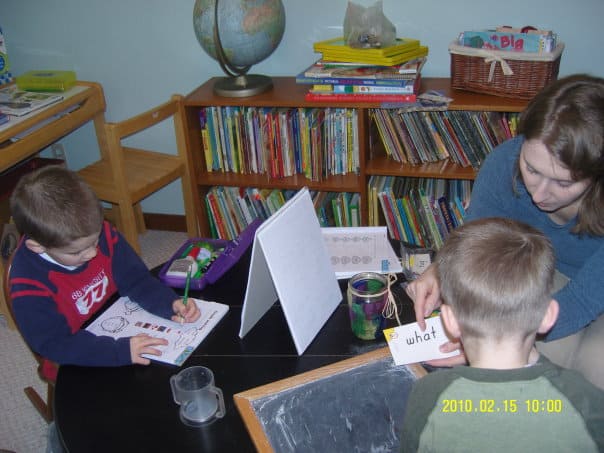
In another house, we used part of the basement as the school hub. Even if we mainly worked upstairs, the books were organized in cubbies just down the stairs.
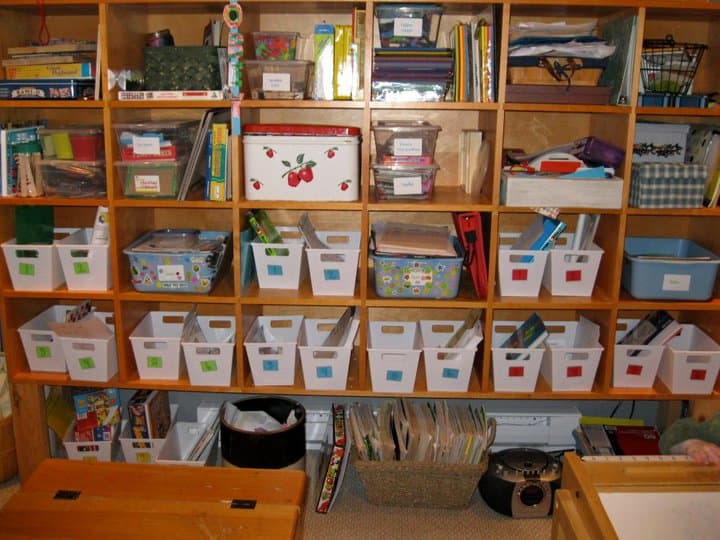
Ack! Look at all that curriculum clutter. It makes me stressed out looking at this picture. And the whole “school desks” thing really wasn’t necessary with littles. (But the workboxes worked pretty well with 3 kids in second grade and under!)
In our current house, we have a kitchenette in our family room, because this house used to have an in-law suite. I don’t need to use the cabinetry in here for food or cooking supplies, so each cabinet functions as a “school locker” of sorts for the kids. And when we’re not doing school, I don’t have to look at it. Everything is behind closed doors.
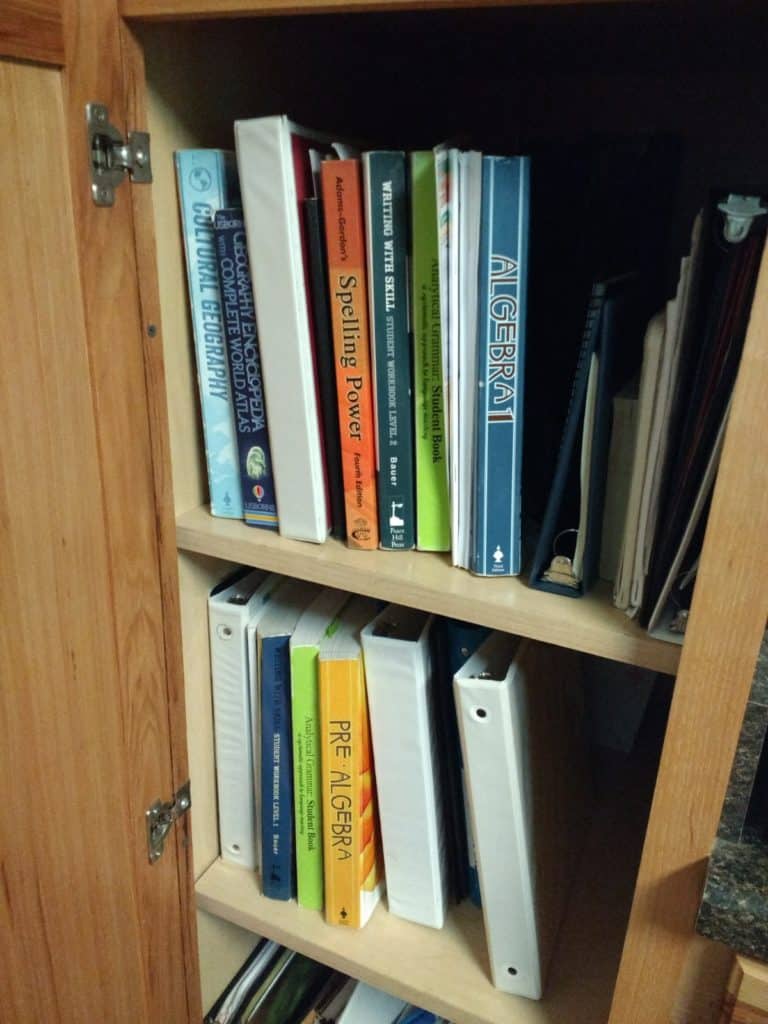
So, do what works for you! You don’t have to use a schoolroom, and your home doesn’t have to look like a first grade classroom if you don’t want it to! You can totally find hidden storage if you’re creative and willing to think outside the box. Another fun idea is to buy a big used cabinet or armoire at a yard sale or thrift store, update it with some fun color, and stash all your homeschool stuff in there.
After this, sort through the group curriculum.
Again, sort through the group (used by more than one child) curriculum.

You might have these piles:
- main book used by students
- teacher’s guide
- worksheets
- tests and answer keys
- extra resources
- extra books
- supplies for that subject
Ask again, where does the group use this material, and store it nearby. If you gather all the kids to do a combined history curriculum on the living room couch, then grab a cute basket and stick the main book in there, along with timeline cards, or other materials. If you fill out a timeline at the kitchen table after reading the history lesson, then see if you can stash some colored pencils nearby and the history notebooks.
Finally, organize the family bookshelf.
Once each child has the books and resources they’ll need each day, and the kids know where to find their shared resources, then finish up your organizing by tackling the family bookshelf. You can go all Dewey decimal system if you want, or to be simpler, just designate a shelf per subject. Then it’s easy for the kids to peruse the shelf to find a historical biography, or the book on sharks when they need it, and not worry about perfectly re-shelving it when they’re done.

We have these shelves right now:
- preschooler shelf with Little Golden books, Dr. Seuss, and such
- Science shelf
- History shelf
- Bible shelf
- large coffee-table book shelf
- four shelves of chapter books suitable for upper elementary to middle school
- two shelves of high school level books
- two shelves of series books
- one shelf of niche books (gardening, financial peace, fix-it book)
Don’t be afraid to purge the family bookshelf annually. If you haven’t used it this year and don’t think you’ll need it this school year, then let it go. You might need to re-organize this area each year as your children grow. As the little ones get older, you might not need as many Little Golden books. As the oldest kids get into new stages of reading, you might need to expand those sections.
When I was a new homeschooler with my oldest in kindergarten, I thought I had to keep every book and curriculum that was ever given to me, or that I ever spent a dime on. I was in this first stage of homeschooling, and basically a curriculum hoarder! Not anymore! It is freeing to see the light at the end of the homeschool tunnel for my oldest kids, and feel the freedom to pass books and curriculum on to others.
Stay tuned for the next installment in this series – ideas for all those school supplies.
In the meantime, you can download some cute “back to homeschool” photo props and binder covers HERE.
What’s your biggest challenge with organizing curriculum?
